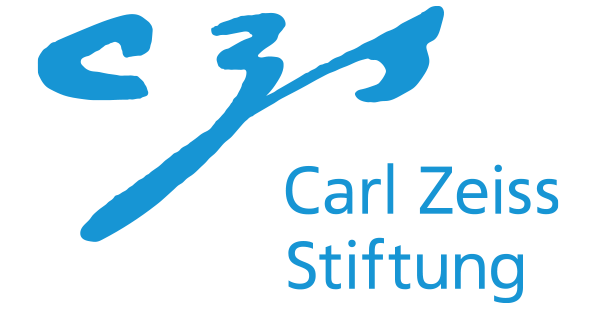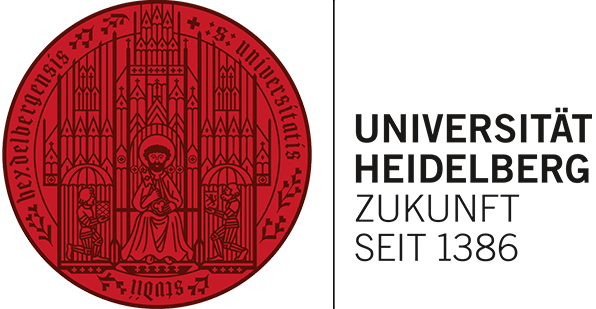Scientific Modules
The hands-on Scientific Modules help the Doctoral Researchers to tackle the technical challenges for their experimental or theoretical work in a highly interdisciplinary environment. Through the modules, they furthermore learn about expertise and infrastructure available within the Cluster.
Doctoral Researchers in the HEiKA Graduate School are obliged to participate in at least one week of scientific modules.
Module descriptions
.elementor-accordion .elementor-accordion-item:first-of-type {
display: none;}
.elementor-accordion {
border-top: 1px solid #D4DFF2C7;
}The functionality of the molecular units or modules is determined mainly by their electronic structure and the surrounding molecular environment. These microscopic properties can be investigated at different levels of theory. Such methods are increasingly exploited to analyze and to predict the structure and functional properties of molecules and materials in many applications.
In this course, we will introduce several quantum chemistry methods, with a special focus on the density functional theory (DFT) approach, which are now widely used in the investigation of molecular systems and their properties. We will introduce the basics of the electronic structure methods with the specific application in the photochemistry of molecules used in 3D printing. Moreover, we will demonstrate the applicability of the computational methods in the design of new promising compounds for 3D printing and for the systematic improvement of existing materials. During computer classes, you will learn how to run different types of calculations using standard software packages and to analyze the obtained results.
This course provides a solid base to understand the underlying methods and is adapted for a broad and interdisciplinary audience.
This course introduces sample preparation and the application of confocal microscopy.
Here you can watch a short introduction to the module by Young Scientist Jannis Weinacker.
Functional digital printing is set to revolutionize various technological fields by offering total freedom of design in the deposition of functional materials. Techniques like Inkjet and 3D printing permit the depositions of insulators, semiconductors, metals or biological materials with applications in electronics, sensing or bioelectronics.
Furthermore, these techniques offer the cost‐efficiency and versatility needed in areas like industrial production and personalized healthcare. The goal of this module is to understand the steps necessary for the processing of functional materials in Inkjet and 3D printing and to gain a technology overview and hands-on experience which could be utilized during a Doctoral Research project.
The course focuses on experimental aspects of 3D micro-printing and is intended for newcomers in the field. The participants will deepen and apply their theoretical knowledge by exploring different aspects of 3D printing. They build knowledge on principles of design and process technology for the fabrication of 3D matter including the functionalization of 3D structures, and the inspection of those microprints.
Here and here you can watch short introductions to the module by Young Scientists Samantha Catt and Jannis Weinacker.
The module aims at acquainting the participants with the basics of the ray-tracing program package “Blender”. This allows for two aspects relevant in the Cluster “3D Matter Made to Order”. First, you can make cool 3D graphics for publications and presentations yourself. For example, 3D architectures that have been 3D printed can be visualized. Second, the architectures defined by “Blender” can be exported in *.stl file format – the standard data format for 3D printing, including the Nanoscribe instrumentation available to all Cluster members in the KIT Nanostructure Service Laboratory.
You can watch short introductions to this module by Young Scientists Pascal Kiefer and Jannis Weinacker here and here.
This course introduces participants to light induced reaction. Furthermore, it covers the properties of common as well as novel (functional) photoresists, detailing their design, synthesis and application.
Participants will learn about the main chemical processes and materials involved in different 3D printing techniques using light as well as to gain insights into the possibilities and challenges.
Here and here you can find short introductions to the module by Cluster Young Scientists Clara Vázquez-Martel and Pascal Kiefer.
- Introduction to Computational Photonics
- Hands-on 3D Laser Micro-Printing for Advanced Users
- Working in a Chemistry Laboratory for Physicists and Engineers




